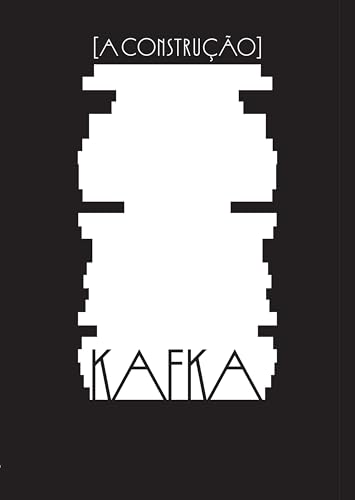What do you think?
Rate this book


81 pages, Kindle Edition
First published January 1, 1924
لكن هناك أيضا أعداء في حشايا الأرض لم أرهم مطلقا
لكنهم أسطوريون وأنا أؤمن بهم..
ـــــــــــــ
أليس ظلما بالغا للجحر
أن ينظر المرء إليه في لحظات الفزع العصبي على أنه مجرد حفرة
يمكنه أن يزحف إليها ليكون آمنا؟
----------
الجحر يقدم في الواقع جانبا لايستهان به من الأمان
لكنه لا يكفي بحال
فهل يتاح للمرء التخلص من قلقه عندما يكون في داخله؟
ـــــــــــــــــــ
فلو كنت قد قمت ببناء الجحر لكي أؤمن سلامتي بصفة خاصة
لما كنت قد اكتأبت حقا
ــــــــــــــ
إن سعادتي بامتلاكه قد أتلفتني و لقد جعلني ضعف الجحر ضعيفا بدوري
وإن إصابته تؤلمني كما لو أني من أصبت
ــــــــــ
قلعتي التي استخلصتها من التربة العنيدة بالأنياب والمخالب
قلعتي التي لا يمكنها أن تنتمي لآخر سواي
ـــــــــــــــــــــــ